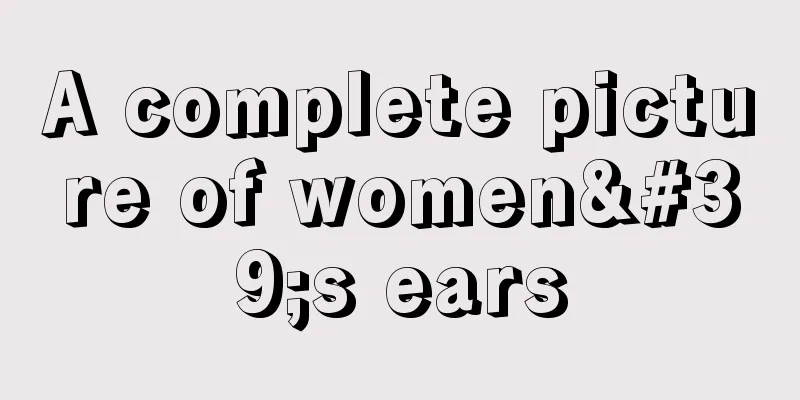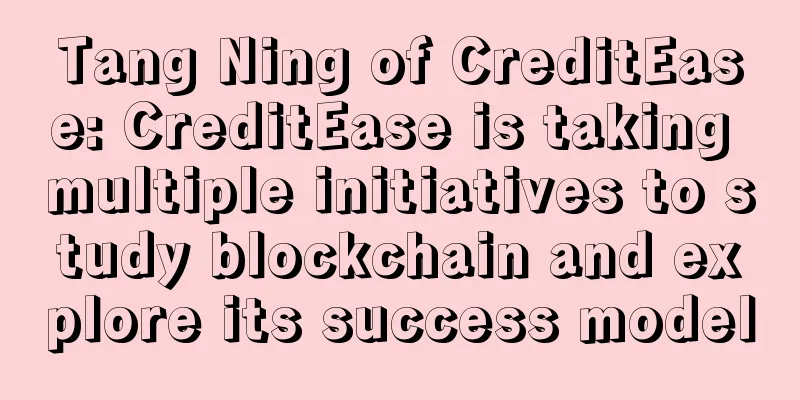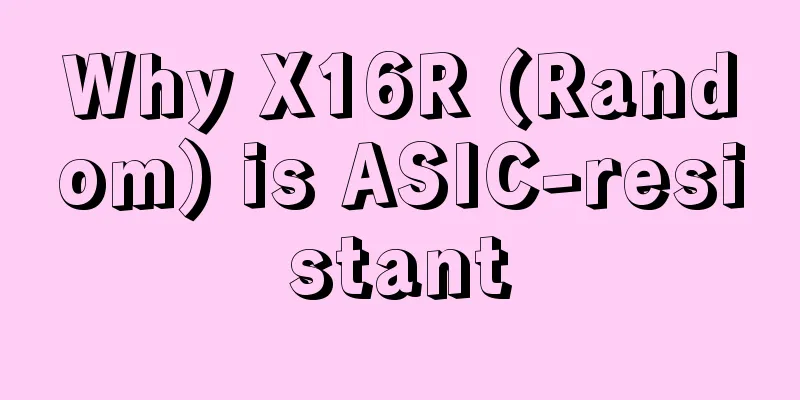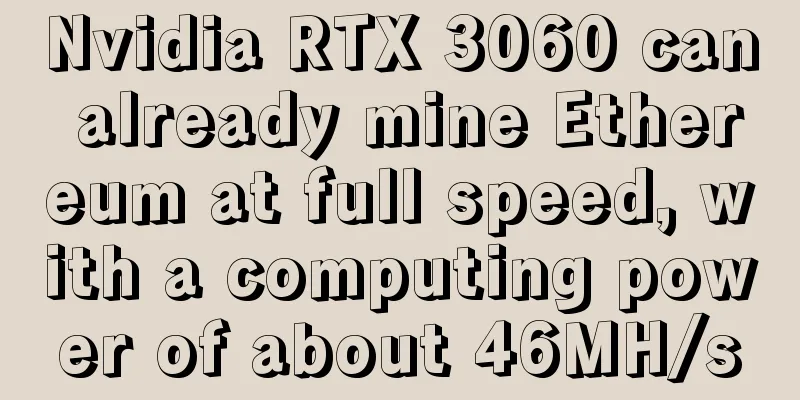SEC sues over bitcoin mining scam

|
The U.S. Securities and Exchange Commission (SEC) has accused two bitcoin “minting” companies and their founders of a $20 million Ponzi scheme that lured investors into paying for virtual currency to get rich quick. The complaint filed in the U.S. District Court for the District of Connecticut shows that the SEC sued GAW Miners LLC, ZenMiner LLC, and the founder of the two companies, Homero Garza, for civil fraud. Garza's lawyer, Marjorie Peerce, said in New York that he was disappointed that the SEC had sued him. Peerce said they would not make any further comments before the trial. Thomson Reuters reporters tried to find the specific locations of the two companies but were unsuccessful. The SEC's complaint stated that the specific method used by the 30-year-old Gaza to defraud was to claim that his company could use the so-called powerful computing power to "mint" virtual currency. Based on this, he sold investment contracts called "Hashlets", saying that as long as investors purchased these contracts, they could obtain the corresponding profits created from the minting. Unlike traditional currencies, Bitcoin is not issued by a central bank and is not backed by physical assets such as gold. Instead, it is "minted" by users using computers to calculate increasingly complex mathematical equations. When a user solves an equation, the Bitcoin system rewards him with a certain number of Bitcoins. As time goes by, more and more Bitcoins are minted, and the equations become more and more complex, requiring more powerful computers to solve them. Scammers keep up with the times and are eyeing trendy new trends Garza currently lives in Brattleboro, Vermont, and his company is located in Bloomfield, Connecticut. The SEC pointed out that they did not actually have enough computing power to mint virtual currency, in other words, the contracts they sold could not deliver on their promises. In other words, investors in the Hashlets contract are actually paying for computing power that does not exist. In addition, Gaza will use the funds obtained from some investors as profits to return to other investors. Between August and December 2014, Garza and his two companies sold contracts worth $20 million to more than 10,000 investors. Most of the investors bought Hashlets through shopping websites. “Almost no one made money, and in fact, most Hashlets never even got their principal back,” the CSRC noted. They want to be able to return the profits these companies made from their frauds to investors and punish them. |
<<: What is Axlacor's new blockchain technology breakthrough?
>>: Bitcoin mining firm defrauds $20 million in Ponzi scheme
Recommend
Kazakhstan eyes top three position in global Bitcoin mining
Kazakhstan is becoming an important destination f...
What to do when Dayi Earth encounters a husband-killing phase? How to resolve the husband-killing phase
For many people, they are actually more or less i...
Bloomberg: Blockchain technology supporters launch a campaign to improve the blockchain industry landscape
Rage Review : On Tapscott and Alex Tapscott, co-a...
Is it good to have a mole in the center of the eyebrow and what does it mean?
I believe everyone has some understanding about m...
What are the facial features that are easy to get rich?
As a human being, everyone has the right to pursu...
CyprusCoin is abbreviated as XCY coin, a new virtual currency that can be mined by CPU servers and graphics card mining machines!
CyprusCoin is abbreviated as XCY coin, a new virt...
What kind of man is unreliable? Let's see from his face
The first facial feature that indicates a couple ...
How to prevent two drooping wrinkles at the corners of the mouth
The eight-character lines are what we usually cal...
Comrade Zou Jinsong, member of the Standing Committee of the Dongcheng District Committee of Beijing and Executive Deputy District Mayor, visited Yuner Technology for research
On December 12, 2019, Comrade Zou Jinsong, member...
Can people with messy eyebrows take control of life?
When facing life, it is not easy to control yours...
What does it mean if a girl has a mole on her right palm?
Physiognomy also includes palmistry. The characte...
What does a mole on the palm mean? Is it good to have a mole on the palm?
Moles can appear on the face, hands or other part...
Exclusive interview with LiLi, head of global sales at Blackminer, at the 2020 Mining Network Annual Summit - The future development of FPGA mining machines
Produced by Star Media Organizer/Wabi.com Editor&...
Judging from their faces which people have a miserable fate
Some people say that a woman’s sadness is just on...
Men with these palmistry characteristics are most likely to achieve great things
Men with these palmistry characteristics are most...









